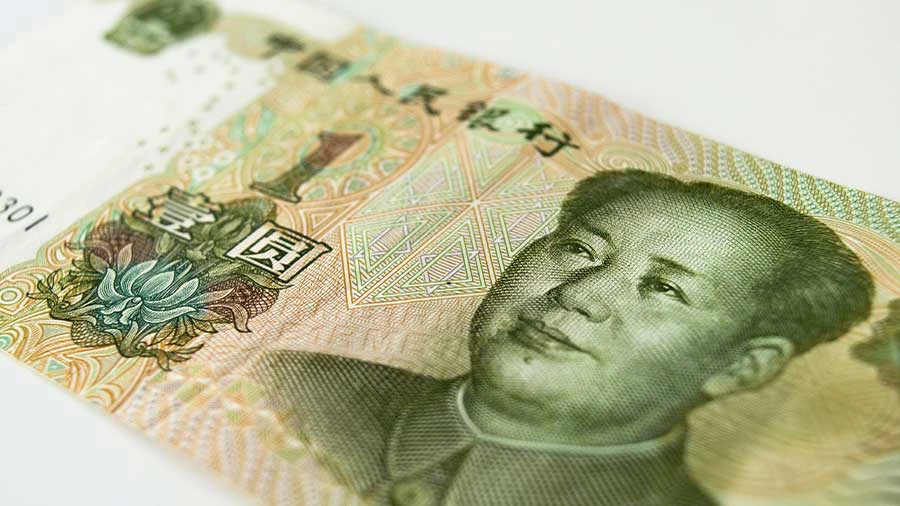China's hydrogen energy industry has been labeled one of six industries of the future. It offers strategic investment opportunities to foreign players.

The Chinese government has identified hydrogen energy as one of six industries of the future, and recently released plans that underscore its importance for both energy and industrial development. China is already the world’s largest hydrogen supplier, producing about 25 million tons of hydrogen – a quarter of global output.
The China Hydrogen Alliance projects China’s hydrogen demand to reach 35 million tons by 2030, to represent at least five percent of the country’s energy supply, before increasing to 60 million tons and 10 percent by 2050, and 100 million tons and 20 percent by 2060. The group expects the industry’s output value to reach RMB 1 trillion (US$157.44 billion) in value as early as 2025.
Yet, while China is investing heavily in hydrogen energy, the jury is still out about whether it will meet its promise as a green energy source suitable for mass adoption. Given this tension, what is in store for the hydrogen energy industry in China?
What is hydrogen energy?
The appeal of hydrogen energy as a clean, renewable energy source is largely, but not entirely, theoretical. Hydrogen can be burnt to produce water vapor without emitting any carbon, which proponents argue gives it potential to be used as a clean fuel, or energy carrier, for aircraft, vehicles, and other purposes.One way to produce hydrogen is through electrolysis, where an electric current splits water into oxygen and hydrogen. If this electricity derives from renewable sources, like solar or wind power, hydrogen energy can be created without harmful carbon emissions. Hydrogen created through this process is called “green hydrogen”.
There are several issues hampering the adoption of hydrogen energy in practice. Currently, the vast majority of hydrogen is generated using fossil fuels, which mitigates its potentially positive environmental impacts.
Worldwide, most hydrogen is generated through natural gas (“grey hydrogen”), while the cheapest – and most damaging to the environment – is made by burning thermal coal (“brown hydrogen”). China produces about 60 percent of its hydrogen from coal, and about 25 percent from natural gas.
In addition to hydrogen production, storing and transporting hydrogen is just as difficult. Hydrogen is highly reactive and can easily rot steel, while posing high risks of explosion. Developing infrastructure to store and transport hydrogen as well as devices to apply hydrogen use in products is a highly specialized and expensive process, resulting in particularly high labor and R&D costs.
What are China’s plans to develop hydrogen energy?
Going forward, the Chinese government has released plans to produce more hydrogen, and to meet this growing demand with greener production.The importance that Chinese leaders put on hydrogen energy can be seen by its prominence in the 14th Five Year Plan, which governs the country’s development direction for the 2021-2025 period.
Policy planners have listed the hydrogen industry as a frontier area and one of China’s six industries of the future, in part because of its role in China’s commitment to become carbon neutral before 2060.The hydrogen industry’s development fits into China’s broader energy strategy. On March 22, 2022, the National Development and Reform Commission and the National Energy Administration jointly released the 14th Five Year Plan for a Modern Energy System. This plan aims for China to secure its energy supply, speed up decarbonization efforts, and adopt more efficient energy use practices through 2025 – and hydrogen energy is set to play a key role.
How is China promoting industrial application of hydrogen energy?
In addition to plans to increase hydrogen energy production and adoption, the Chinese government has released plans to encourage the industrial application of hydrogen energy.On March 23, 2022, the National Development and Reform Commission released the Medium- and Long-Term Plan for the Development of Hydrogen Energy Industry (2021-2035). This plan lays out a national strategy for developing the hydrogen energy industry, complementing local plans created by a number of provinces and cities to develop the industry.
According to the plan, China should create a sound environment for the development of hydrogen energy with systems and policies in place by 2025. By 2035, China should form an industrial system for hydrogen energy and a system for applying hydrogen energy, including for transportation and energy storage.
Hydrogen energy also factors into China’s plans for a number of other industries, such as new energy vehicles (NEVs). For example, the New Energy Vehicle Industry Development Plan projects hydrogen refueling station (HRS) capacity to grow from 72 units in mid-2020 to 2,000 units by 2035, demonstrating the close relationship between hydrogen energy development and NEV development.
What are the opportunities and challenges for foreign investors?
Investing in green energy in China offers significant, but often difficult to capture, opportunities.On the one hand, China has ambitious plans to decarbonize and become a world leader in green technology, leading to numerous investments and incentives to grow related industries. On the other hand, energy has traditionally been dominated by state-owned enterprises, many domestic companies receive subsidies that undercut foreign competition, and the government’s goals for energy security risk increasing skepticism of dependence on foreign suppliers.
Besides the hydrogen energy production, storage, and transport, many opportunities for foreign investors stand to come in the form of application, such as in hydrogen fuel cells. In 2020, for example, the Japanese auto company Toyota set up a joint venture with the Chinese hydrogen fuel cell maker Beijing SinoHytec to manufacture fuel cells for the Chinese market.
In light of the hydrogen energy industry’s challenges, foreign investors must be strategic when entering China, such as by partnering with local companies to gain market access.
As with other areas where China seeks to adopt advanced technology, businesses need to tread the line between offering high demand technology and know-how while simultaneously protecting intellectual property and market status, making partner identification and pre-investment strategy all the more important.









